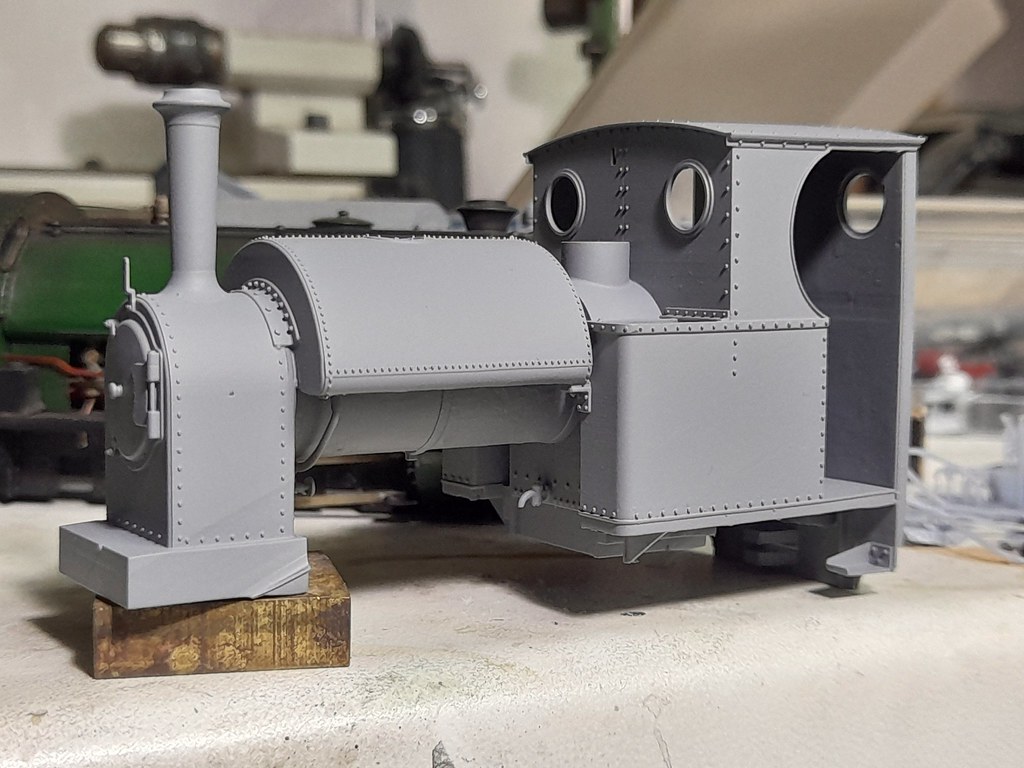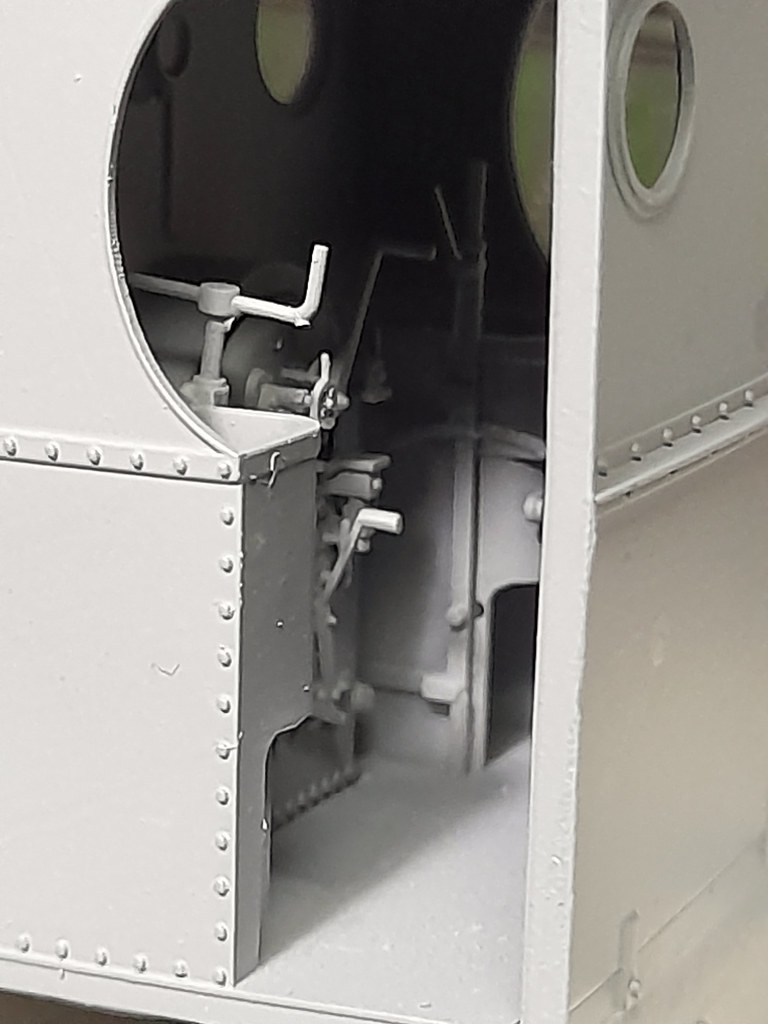michael mott
Western Thunderer
Wow Giles you do have a way with printing skills that looks amazing.
Michael
Michael

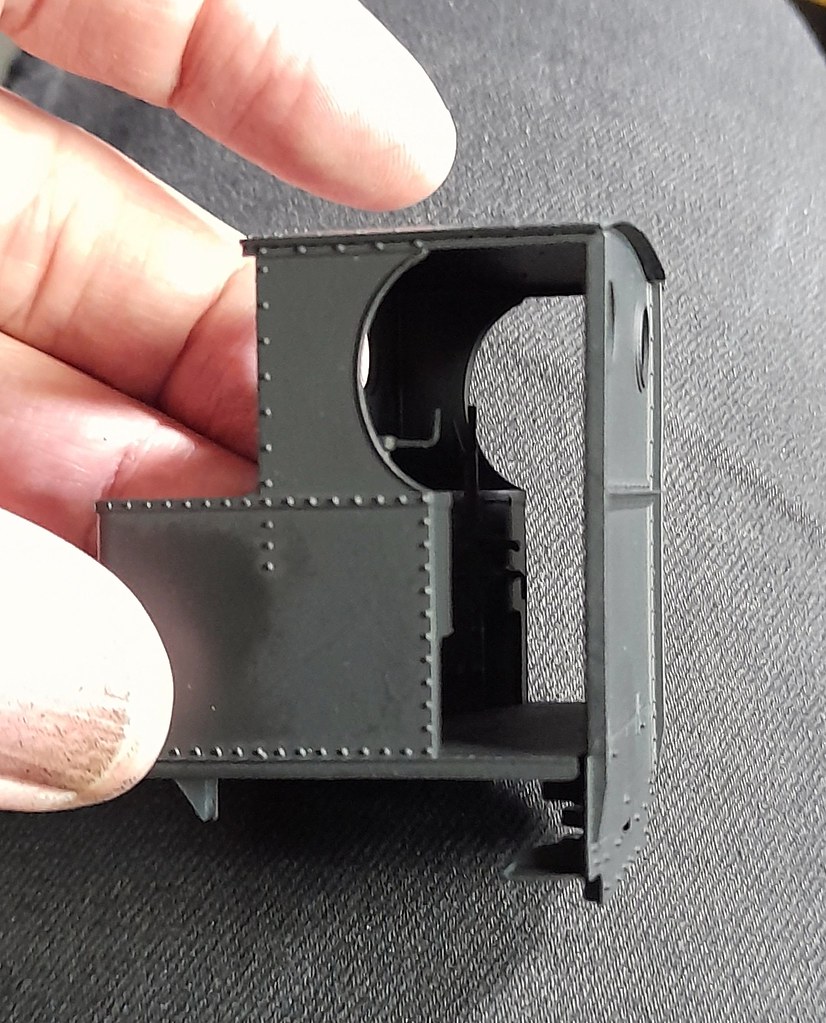
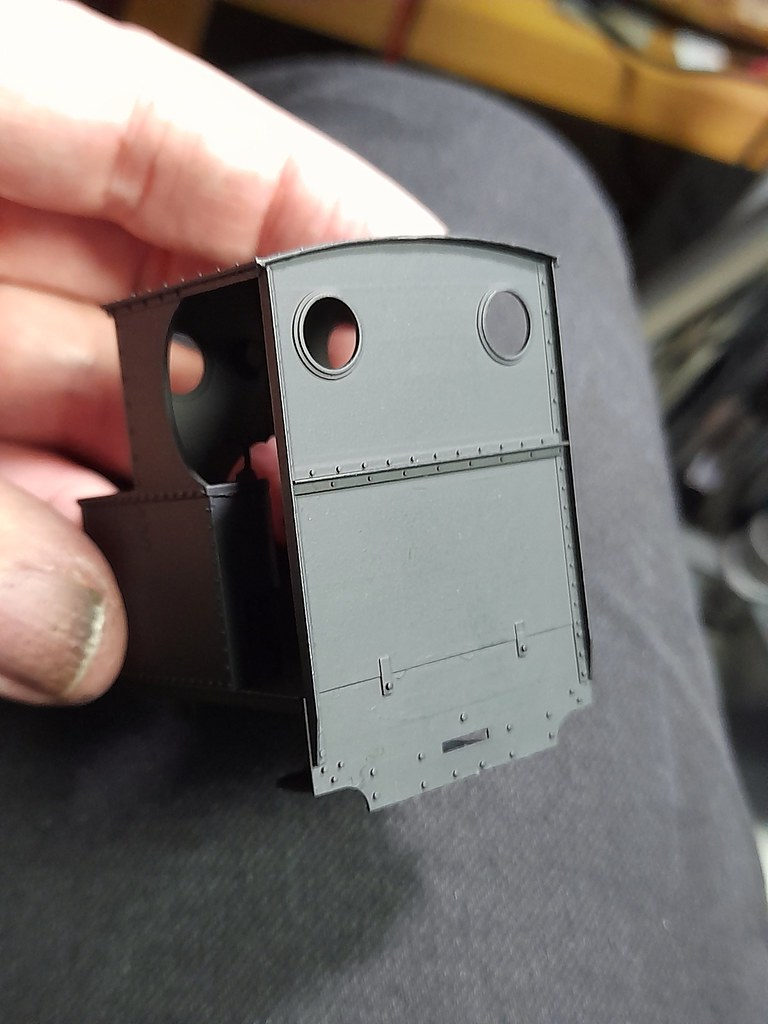
Giles, as a quarry loco I would say that the cab roof is on the money.Now Simon is addicted to printing.........
I've been looking at printing in as large a 'unit' as possible, without losing any detail. I'm trying the boiler/chimney/tank/cab as a single print, including blow-down and balance pipe. The first effort came out this afternoon, and was much better than anticipated, though not perfect. It needed two more supports towards the back of the cab roof
This poses an interesting ponderable:Wow Giles that picture is almost enough to want me to learn all about 3D printing and so on..... but I am realistic and know that I am more suited to mucking about with all sorts of materials, so i look on with envy at the results you are achieving!
Michael
I wonder how the time taken to cut shape and manipulate materials into a model would compare with the time taken to design and draw up 3D printing files to create the same model?
 ) and my head couldn’t work it out. It was trying to manipulate a three-dimensional object on a two-dimensional screen. Now, my brain cell simply won't absorb new tools like it used to.
) and my head couldn’t work it out. It was trying to manipulate a three-dimensional object on a two-dimensional screen. Now, my brain cell simply won't absorb new tools like it used to.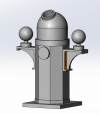
On the whole, i find printing is an excellent addition to the range of tools available to us, expanding my abilities and indeed skills - which is always useful!
Heather I went through exactly the same frustration when I tried to learn "Rhino" then "sketch-up" back in the late 90's and early 2000's If I was much younger and getting started I would also embrace the tools. I also think that adding it as another "brick in the wall" is a great addition to the modelling community.I tried to learn rudimentary 3D when it wasn’t really mainstream outside engineering industry (we are talking 30 years ago now) and my head couldn’t work it out. It was trying to manipulate a three-dimensional object on a two-dimensional screen. Now, my brain cell simply won't absorb new tools like it used to.
